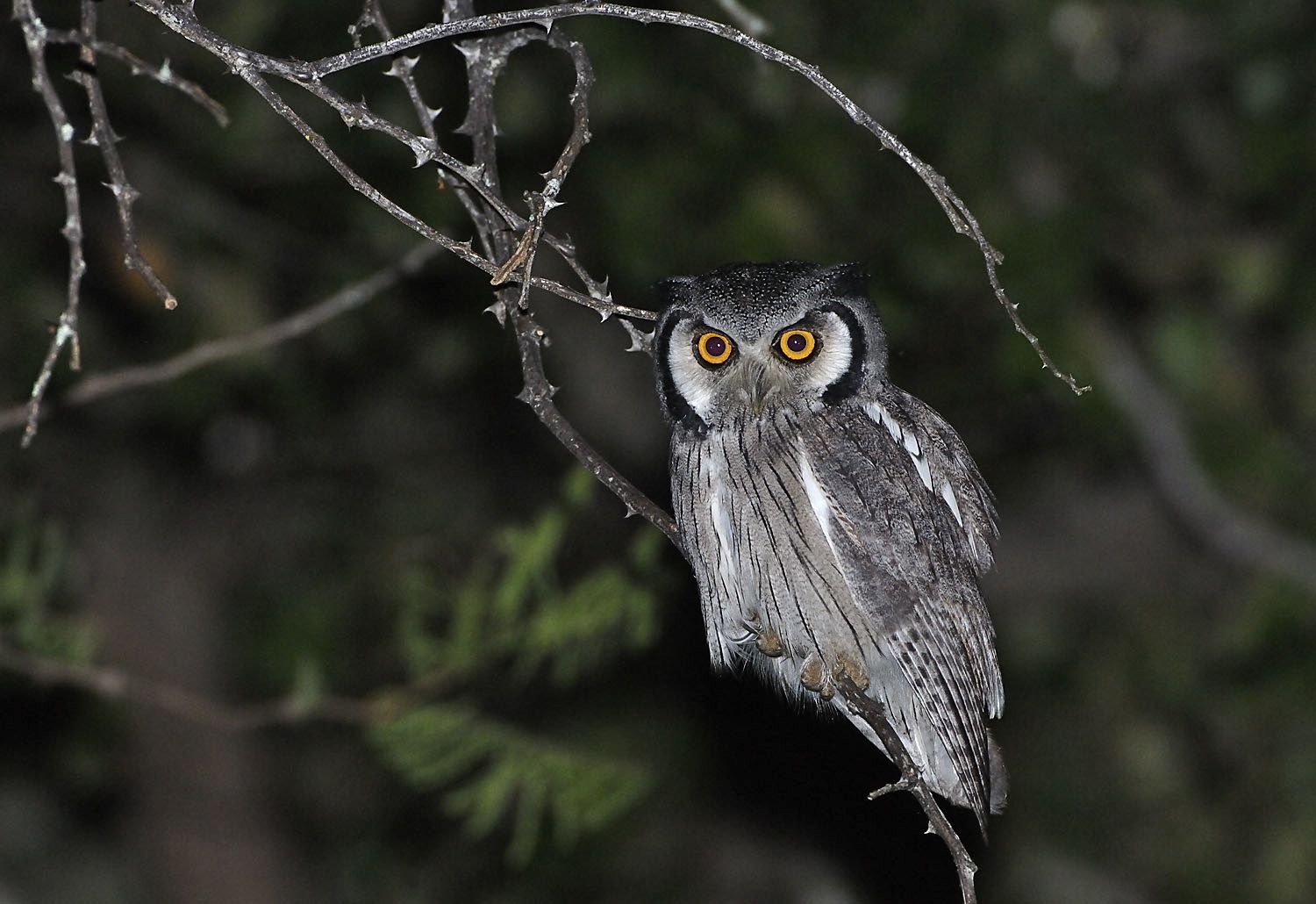
Kakamega forest is the only remnant of tropical rain forest in Kenya.Its diversity in birds and butterflies is mind boggling.I am sure botanist and other biologist will have a great time here.Kakamega’s avifauna is unique not only nationally,but continentally. Several species have isolated, relict populations here, including Ansorge’s Greenbul,Blue-headed Bee-eater,Chapins’ Flycatcher and Turner’s Eremomela ,which are absent from all or nearly all of the superficially similar mid-elevation forests in Uganda.
White-tailed Ant-Thrush is a rare but regular in Kakamega forest both in the southern section(Isecheno) and northern part(Bhuyangu).There are also records of the species from Nandi south forest.Enjoy and keep birding!.









